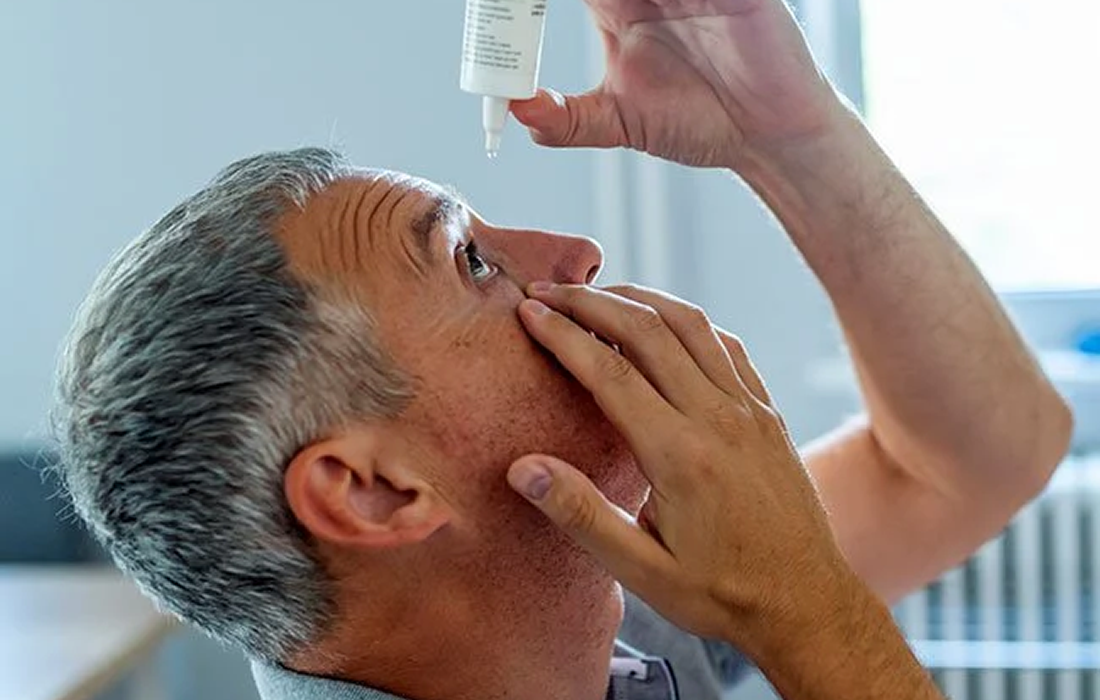Stem Cell Therapy for Specific Conditions
Stem Cell Therapy For Sjogren’s Syndrome
What is Sjogren’s Syndrome?
Sjogren’s syndrome is an autoimmune disorder identified by its two most common symptoms, dry mouth and dry eyes.
The condition often accompanies other immune system disorders, such as rheumatoid arthritis and lupus. In Sjogren’s syndrome, the mucous membranes and moisture-secreting glands of your eyes and mouth are usually affected first — resulting in decreased tears and saliva.
The disease can develop at any age, but it is most common at 40 years and older. It is also much more common in women.
What are Common Signs and Symptoms?
The 2 main symptoms are:
- Dry eyes. Your eyes might burn, itch or feel gritty; as if there’s sand in them.
- Dry mouth. Your mouth might feel like it’s full of cotton, making it difficult to swallow or speak.
Other symptoms can include:
- Joint pain, swelling and stiffness.
- Swollen salivary glands.
- Skin rashes or dry skin.
- Vaginal dryness.
- Persistent dry cough.
What Causes Sjogren’s Syndrome?
Sjogren’s is considered an autoimmune disorder, in which your immune system attacks your own body cells and tissues. The exact cause of it is unknown, but certain genes put people at higher risk of the disorder. It is believed that there is a triggering mechanism, such an infection is also necessary.
Other than targeting glands that make saliva and tears. Sjogren’s can also damage other parts of the body, such as the thyroid, kidneys, liver, lungs, skin, nerves and joints.
There are some known risk factors, including being older than 40 years, being a woman and having rheumatoid arthritis or lupus.
Current Treatment Options
The disorder is characterized by lymphocytic infiltration of salivary and lachrymal gland leading to dry mouth and eye dryness progressively. There are many systemic features of sjogren’s, such as fatigue, Raynaud’s syndrome, dry skin, joint and muscular pain. Current therapies are mainly focused on relieving the symptoms with no approach to cure the disease.
The treatment depends on the parts of the body affected. Many people manage the dry eye and mouth by using over-the-counter eye drops and sipping water more frequently. But some people with more severe cases need prescription medications or even surgical procedures.
Some commonly used medications include:
- Prescription eye drops such as cyclosporine or lifitegrast.
- Pilocarpine that can increase the production of saliva and sometimes tears.
- For pain management anti-inflammatory drugs.
- Immunosuppressants like methotrexate, azathioprine and hydroxychloroquine.
Use of Mesenchymal Stem Cells
A promising therapeutic option for sjogren’s syndrome is mesenchymal stem cell (MSCs) transplantation. MSCs are multipotent stem cells present in many adult and fetal tissues, such as bone marrow, adipose tissue, liver, dental pulp, umbilical cord and placenta.
They have the capacity to differentiate into several cell types, such as adipocytes, osteocytes and chondrocytes. Due to their low-immunogenicity, safety, efficiency, abundance and easy collection, MSCs have been used to treat various diseases.
A study by Genhong Yao and colleagues, published in the journal Theranostics evaluated the use of MSCs for the treatment of sjogren’s syndrome. Their study showed that patients had decreased Interleukin(IL)-27 levels and increased ratio of Th17/Treg cells, a type of lymphocytes that regulate the immune response.
After the treatment with MSCs the symptoms of sjogren’s decreased by elevating the level of IL-27 to restore the balance of Th17/Treg. They revealed a previously unrecognized function of MSC-mediated IL-27 production in suppressing this syndrome and provide evidence for clinical application of MSCs in patients with sjogren’s syndrome.
Sources:
Shi B, Qi J, Yao G, et al. Mesenchymal stem cell transplantation ameliorates Sjögren’s syndrome via suppressing IL-12 production by dendritic cells. Stem Cell Res Ther. 2018;9(1):308. Published 2018 Nov 8. doi:10.1186/s13287-018-1023-x
Yao G, Qi J, Liang J, et al. Mesenchymal stem cell transplantation alleviates experimental Sjögren’s syndrome through IFN-β/IL-27 signaling axis. Theranostics. 2019; 9(26): 8253- 8265. Published 2019 Oct 21. doi:10.7150/thno.37351
https://www.mayoclinic.org/diseases-conditions/sjogrens-syndrome/symptoms-causes/syc-20353216
Image from:
https://www.medicinenet.com/what_triggers_sjogrens_syndrome/article.htm

